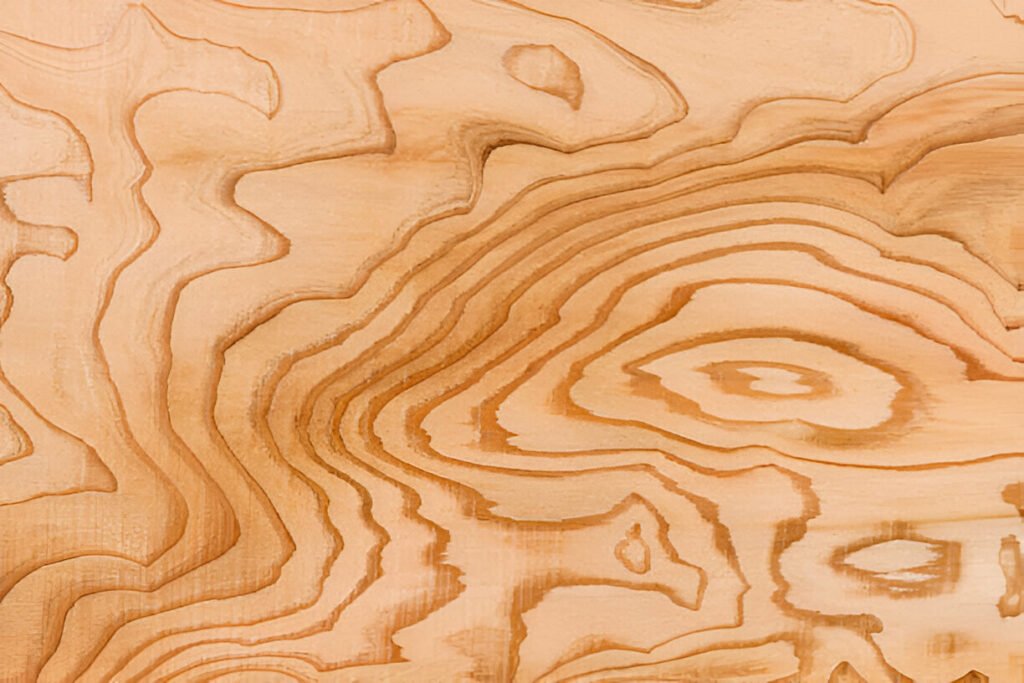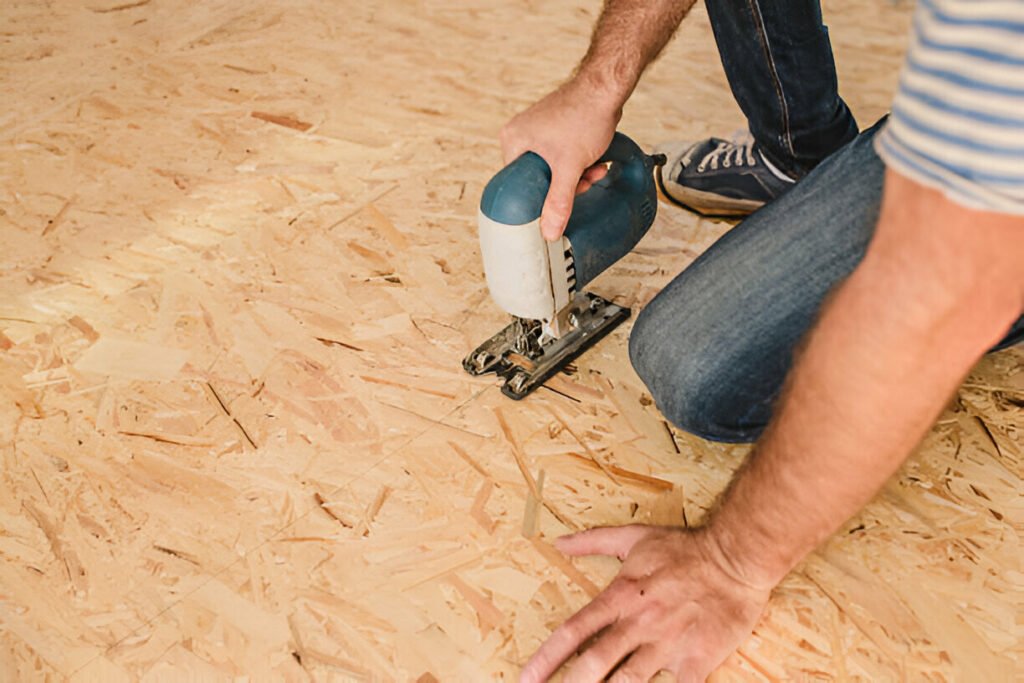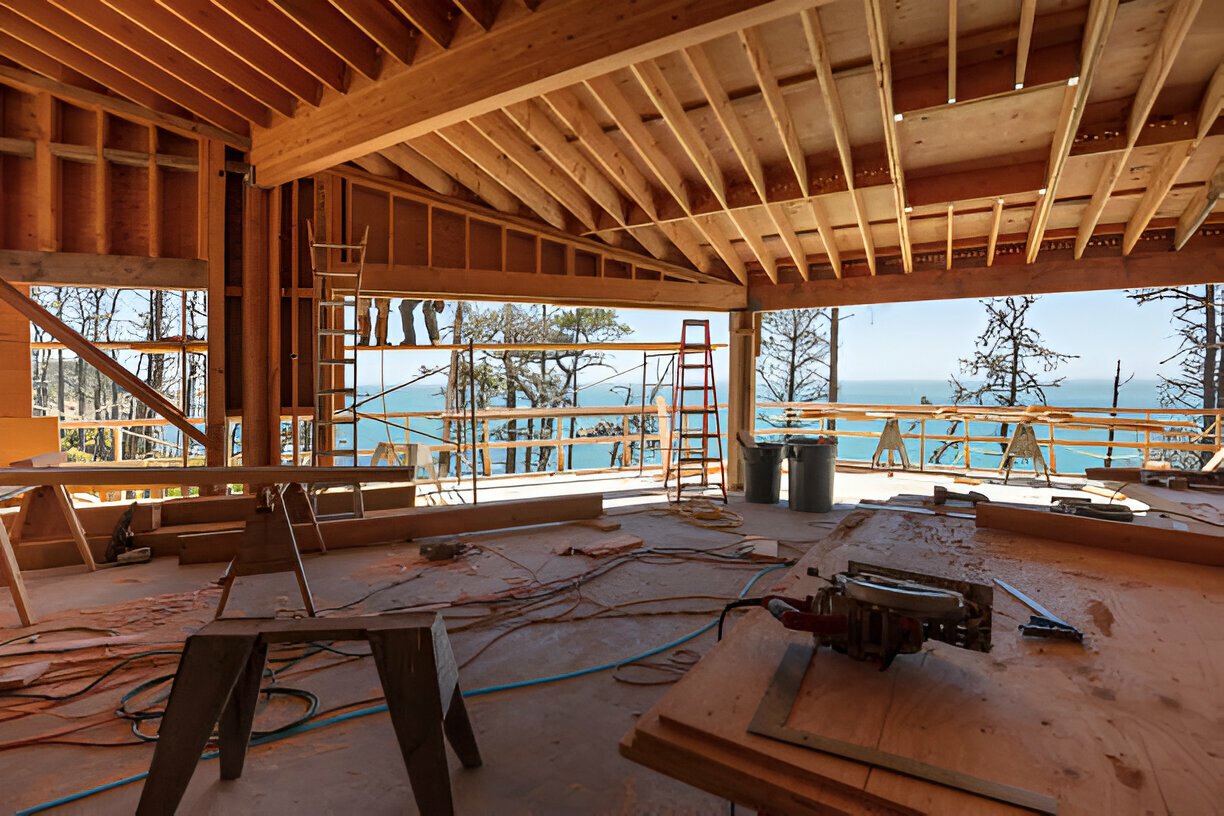Marine plywood is a remarkable material renowned for its exceptional strength and water resistance. But what exactly is marine plywood, and why is it so important? Whether you’re building a boat or crafting outdoor furniture, marine plywood stands out as a top choice for projects that require durability and resilience against the elements.
What is Marine Plywood?
Marine plywood is a type of plywood specially designed to withstand moisture and harsh weather conditions. It’s made with waterproof glue and high-quality veneers, which prevent it from delaminating in wet environments. Unlike regular plywood, marine plywood is built to endure direct exposure to water, making it ideal for maritime and outdoor applications.
Importance of Marine Plywood
Marine plywood’s importance cannot be overstated. Its robust construction and superior resistance to moisture make it an essential material in various industries. From shipbuilding to home improvement projects, marine plywood offers reliability where it’s needed most.
Characteristics of Marine Plywood
One of the key features of marine plywood is its water resistance. This is achieved through the use of waterproof adhesive and high-quality veneers that do not soak up water easily. As a result, marine plywood remains intact and sturdy even when exposed to moisture for extended periods. Additionally, marine plywood is incredibly strong and durable, built to endure heavy loads and pressure without cracking or bending. This makes it an excellent choice for structures that need to withstand significant wear and tear. Marine plywood is also versatile, making it suitable for a wide range of applications. Whether you’re constructing a boat, designing outdoor furniture, or installing cabinetry in a humid environment, marine plywood provides the necessary flexibility and reliability.
Types of Marine Plywood

Hardwood Marine Plywood
Hardwood marine plywood is made from dense, durable hardwoods like mahogany or teak. This type of marine plywood is highly resistant to rot and decay, making it ideal for high-stress applications like boat hulls and outdoor structures.
Softwood Marine Plywood
Softwood marine plywood, typically made from Douglas fir or pine, is lighter and more flexible than its hardwood counterpart. While not as durable as hardwood marine plywood, it is still suitable for many marine and outdoor uses.
Composite Marine Plywood
Composite marine plywood combines wood veneers with synthetic materials to enhance durability and resistance to moisture. This type of marine plywood is often used in high-performance applications where traditional wood might not suffice.
Applications of Marine Plywood
Marine plywood is a staple in the boat-building industry. Its water resistance and strength make it perfect for constructing boat hulls, decks, and interiors. It ensures that the boat remains sturdy and safe even in challenging maritime conditions. Outdoor furniture made from marine plywood can withstand the elements far better than furniture made from regular wood. Whether it’s garden benches, tables, or chairs, marine plywood ensures longevity and minimal maintenance. In areas prone to high humidity, such as kitchens and bathrooms, marine plywood is an excellent choice for cabinetry. It resists warping and deterioration, ensuring that your cabinets remain functional and attractive over time.
How Marine Plywood is Made

The production of marine plywood starts with selecting high-quality wood veneers. These veneers are chosen for their durability, grain, and resistance to water damage. During the manufacturing process, the veneers are bonded together using waterproof adhesive. They are then pressed under high pressure to form a solid, cohesive sheet. This process ensures that the marine plywood is both strong and resistant to moisture. Quality control is crucial in the production of marine plywood. Each sheet undergoes rigorous testing to ensure it meets industry standards for water resistance, strength, and durability. Only the best-quality marine plywood passes these stringent tests.
Advantages of Using Marine Plywood
Marine plywood is built to last. Its resistance to water and harsh environmental conditions means it has a much longer lifespan than regular plywood, making it a cost-effective choice in the long run. With its fine, smooth surface and high-quality finish, marine plywood is also aesthetically pleasing. It can be painted or stained to match any design scheme, adding both beauty and functionality to your projects. Many manufacturers source their wood from sustainable forests, making marine plywood an environmentally friendly option. Additionally, its longevity means less frequent replacements, reducing the overall environmental impact.
Comparing Marine Plywood to Other Types of Plywood
Regular plywood is suitable for general indoor use but falls short in moist environments. Marine plywood, with its superior water resistance, is specifically designed for conditions where moisture is a concern. While both marine plywood and exterior plywood are made to withstand outdoor conditions, marine plywood uses higher-quality veneers and adhesive, making it more durable and water-resistant. Medium-Density Fiberboard (MDF) is cheaper and smoother than marine plywood but is not suitable for wet conditions. Marine plywood’s strength and moisture resistance make it a better choice for projects exposed to water.
Choosing the Right Marine Plywood
When selecting marine plywood, consider factors such as the type of wood, the grade, and the specific requirements of your project. Look for high-quality veneers and reliable manufacturers to ensure you’re getting the best product. Marine plywood is graded based on its quality and durability. The grading system helps you choose the right type for your project, with higher grades offering superior performance and finish.
How to Maintain Marine Plywood
To maintain marine plywood, regularly clean it with a mild soap solution and a soft brush. Avoid harsh chemicals that could damage the surface. Applying a sealant or varnish can enhance the water resistance of marine plywood, prolonging its lifespan. Regularly inspect and reapply these protective coatings as needed. If marine plywood gets damaged, repair it promptly to prevent further deterioration. Small cracks or chips can be filled with epoxy or wood filler, while larger damages might require patching or replacing the affected section.
Cost of Marine Plywood
The cost of marine plywood varies depending on the type of wood, thickness, and quality. On average, marine plywood is more expensive than regular plywood, but its durability and performance justify the higher price. Factors such as the wood species, the manufacturing process, and market demand can influence the cost of marine plywood. Additionally, specialized treatments and coatings can add to the overall price.
Environmental Impact of Marine Plywood
Many marine plywood manufacturers prioritize sustainable sourcing, using wood from certified forests. This practice helps reduce the environmental impact and promotes responsible forestry. In addition to sustainable sourcing, some manufacturers adopt eco-friendly practices such as reducing waste, using non-toxic adhesives, and recycling materials. These practices contribute to the overall sustainability of marine plywood.
DIY Projects with Marine Plywood
Marine plywood is an excellent material for DIY projects. For instance, you can build a simple outdoor bench that will withstand the elements and look great in your garden. A garden planter box made from marine plywood is another fantastic project, providing durability and resistance to moisture, ensuring your plants thrive.
Where to Buy Marine Plywood
Marine plywood can be purchased from local hardware stores, lumber yards, and specialized woodworking supply stores. Online retailers also offer a wide selection of marine plywood, often with the convenience of delivery directly to your home or project site. When buying marine plywood, it’s essential to check the quality and ensure you’re getting genuine marine-grade material.
Conclusion
Marine plywood stands out for its exceptional durability, water resistance, and versatility. Whether you’re working on a boat, outdoor furniture, or cabinetry, marine plywood is a reliable and robust choice that offers long-term benefits. Its superior performance and aesthetic appeal make it an invaluable material for various applications. Remember to consider the type, grade, and specific requirements of your project when selecting marine plywood to ensure optimal results.
If you like our article read here our more article!


